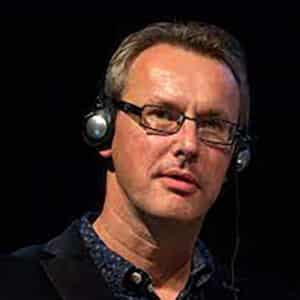In 2012, a few years after his grandfather had died, Belgian photographer Anton Kusters visited Auschwitz. One of the family stories he’d been told was how, during the war, the Germans had come searching his Belgian family home for his grandfather. T...



